
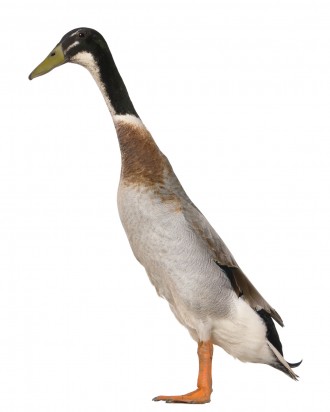
The lovely, upright Indian runner is a special domestic breed of duck. Over the years cross breeding these flightless birds with their tall, upright, elegant bodies has produced some of the most popular breeds we know today. They also have earned themselves a wonderful reputation for being good layers. Originally from the East Indies, hence their name, runners were first called “Penguin Ducks”, a name they were given by Dutch explorers and people who imported them back to Europe. They were called penguin ducks because of their upright stance and the way they walked, just like penguins.
As with the majority of domestic duck breeds, Indian runners have wild mallards in them. However, there are those who believe their development was probably determined by humans rather than a natural selection which occurred over hundreds of years. The breed has been native to the islands of Indonesia for a very long time, some records suggest this could be as long as a thousand years.. What sets the breed apart from any other is their shape, blood proteins and bone structure all of which are unique to the Indian Runner Duck. Today many breeders and duck associations believe it is vitally important to protect the purity of the breed and have set certain standards for this reason.
Indian Runner ducks have always been prized for being very fast growers and for their egg laying abilities. However, these lovely ducks have also been a valuable source of new bloodlines. Breeders have used them to cross with many traditional table breeds, namely the Aylesbury and the Rouen because they add “vigour” to both of them.
From the very early days when Indian Runner ducks were first imported in to Europe from the East Indies, they were crossed with many other domestic breeds which led to a dilemma. By the beginning of the twentieth century all the constant cross breeding saw the pure Indian Runner duck on the verge of extinction in the UK. Luckily, two fans of the breed, namely Joseph Walton and Matthew Smith decided to import new birds in the early 1900s, renewing the pure bred bloodlines and saving the Indian Runner as we know it.
Indian Runners ducks have a lot to boast about, they were used to create many of the breeds people have come to know and love today. This includes Khaki Campbells, Buff Orpingtons as well as many other “light duck” breeds that are often seen at poultry shows.
Indian Runner ducks are extremely amusing birds to watch and they have some lovely movements, especially when the males are courting females. They are flightless but as their name suggests, they can run pretty fast when they have to. The majority of duck breeds waddle when they are on the ground but Runners stand up straight and make a dash for it. However, they have more to boast about than just being able to run fast because as previously mentioned they are supreme when it comes to egg laying. This was one of the main reasons they were so highly prized when they were first imported into Europe. These extraordinary ducks were first exhibited at shows as early as 1876 in Dumfries and then twenty years later in 1896 in Kendal, since then the breed has never really looked back.
It would seem that Indian Runner ducks were found in Java up to a thousand years or so ago. European explorers in the mid nineteenth century also found evidence of the breed in Malaya as well as Indonesia. The way the birds walked and stood so erect was noted and references to them in records at the time referring to ducks that “walk erect, like penguins”.
It's believed the first of the breed's eggs were transported back to the Netherlands in 1856 by Kenneth Broekman. Apart from these records, Indian Runner ducks also appear in many paintings by the Dutch masters that were painted as far back as the 1600s.
Records show the original Asian ducks boasted some glorious colour mutations on their plumage with a recessive dusky gene variant inherited from the mallard. However, there were also other colour variations which were sex-linked with brown and buff variants being particularly striking. Runners also boasted a lighter phase gene which meant there were also some attractive fawn and white ducks to be found. The mix of genes was fascinating, with black, pied and blue genes adding more colours to an already smart and interesting colour palette.
Keeping Indian Runner ducks is great fun, although anyone wishing to do so has to bear in mind they are a flightless breed of duck. Runners tend to be easier prey for predators which of course, means they have to be kept safely out of the reach of any marauding foxes. This is especially true during the spring months when vixens are teaching their young to hunt for their food.
Today, there are many colour variations found in Indian Runner ducks, but the one constant is their upright stance and their turn of speed when they start to run. Their legs are extremely short and placed much further back on their bodies unlike other duck breeds. This is one of the reasons they can move so fast when they want to and which gives them their appealing elegant, yet clown-like look.
If you like eating duck eggs, female Indian Runner ducks are fabulous layers although sometimes they are not such good “sitters”. Anyone wishing to to hatch out Indian Runner eggs and who also keeps chickens, would be well advised to slip the runner's eggs under a hen. Hens are great at sitting “tight” on duck eggs and will hatch them out with no problem at all. It can be a constant source of fun watching a duckling running around with chicks after a mother hen!
For decades, Indian Runner ducks have been popular not just to have running around a yard, but also as the theme and topic of many ornaments that adorn people's homes. There are some wonderful statues and paintings that date back to the Dutch masters and the Art Deco period which depict elegant, amusing and friendly Indian Runner ducks and they are still as popular today!
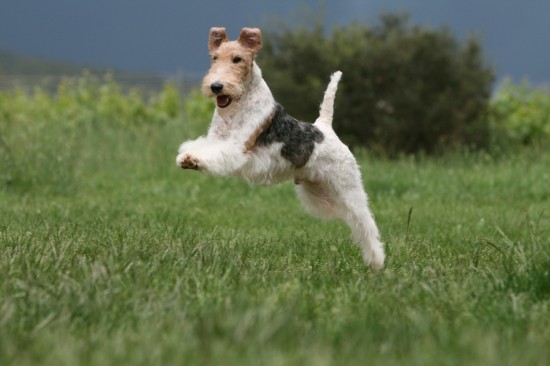 Some Popular Wirehaired Dog Breeds
Some Popular Wire
Some Popular Wirehaired Dog Breeds
Some Popular Wire
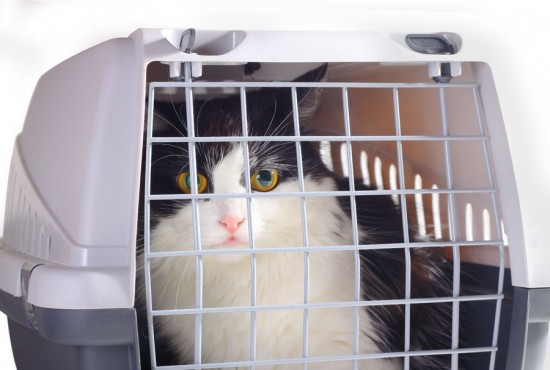 Travelling By Car With Your Cat
Travelling By Car
Travelling By Car With Your Cat
Travelling By Car
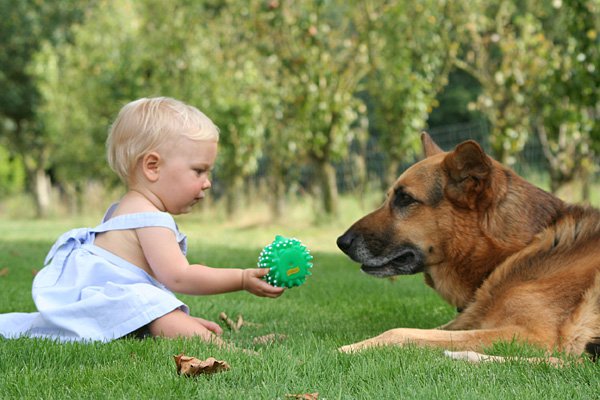 Free Labrador Guide For Better Understanding Of Their Needs
Free Labrador Guide For Better Understanding Of Their Need
Free Labrador Guide For Better Understanding Of Their Needs
Free Labrador Guide For Better Understanding Of Their Need
 Ten Questions To Ask Your Vet During Your Dog’s Annual Check-up
Ten Questions To
Ten Questions To Ask Your Vet During Your Dog’s Annual Check-up
Ten Questions To
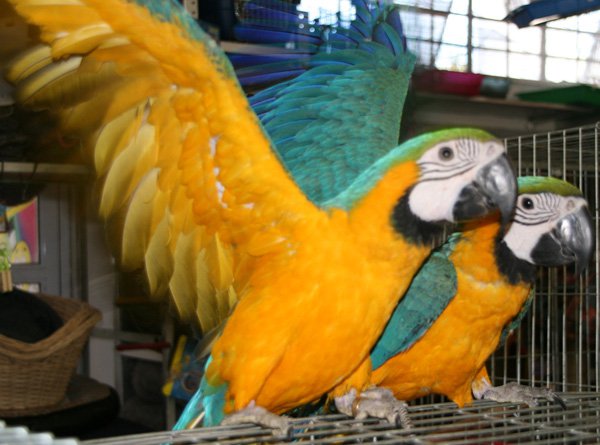 Do You Know How To Clear Cloudy Aquarium Water The Easy Way?
Do You Know How To Clear Cloudy Aquarium Water The Easy Wa
Do You Know How To Clear Cloudy Aquarium Water The Easy Way?
Do You Know How To Clear Cloudy Aquarium Water The Easy Wa
Copyright © 2005-2016 Pet Information All Rights Reserved
Contact us: www162date@outlook.com